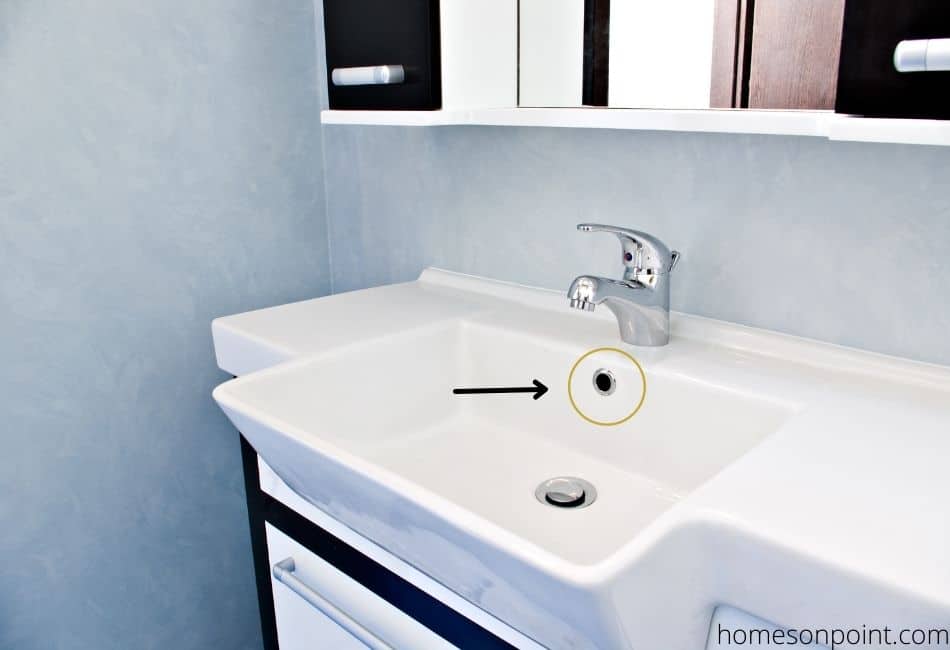What Is A Bathroom Sink Overflow
A bathroom sink overflow is one thing that a lot of people don’t think about. You can tell if your bathroom sink has an overflow hole by looking for a small hole beneath the faucet towards the back of the sink. On some sinks, it can be located towards the front of the sink or even the side. If you cannot find a hole, it is likely that your sink does not have an overflow protection.
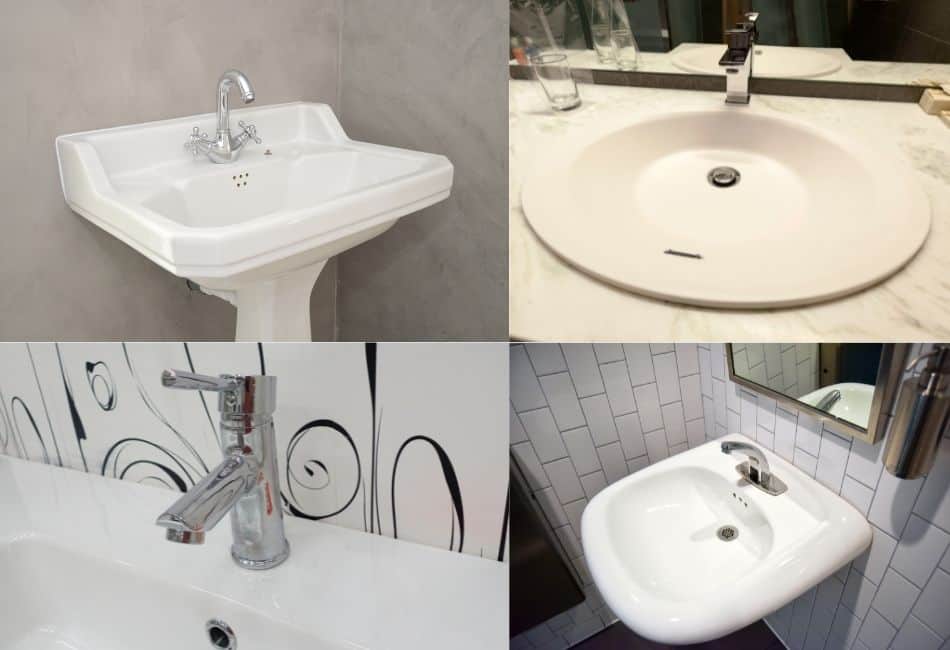
The overflow is used as a secondary drainage system to prevent the sink from overflowing. If too much water accumulates in the sink, it will flow over the overflow hole and into the drainpipe beneath. By knowing how the overflow works, you can be sure to avoid any water damage in your home.
How Does The Bathroom Sink Overflow Function?
The sink overflow has an overflow pipe or tube connecting the hole to the drainpipe beneath the sink. The overflow pipe is usually hidden and runs along the back of the sink. When too much water accumulates in the sink, it will flow over the overflow hole and into the overflow pipe or tube. The water then flows down the drainpipe and out of your home. The sink basin and overflow both empty into the same drain pipe but unlike the basin hole which can be closed or covered, the overflow hole is always open to allow air into the system and prevent a vacuum from forming.
What Is The Purpose Of Overflow In Your Bathroom Sink?
The overflow in the bathroom sink is there to serve two main purposes:
1. It prevents the sink from overflowing onto the flow
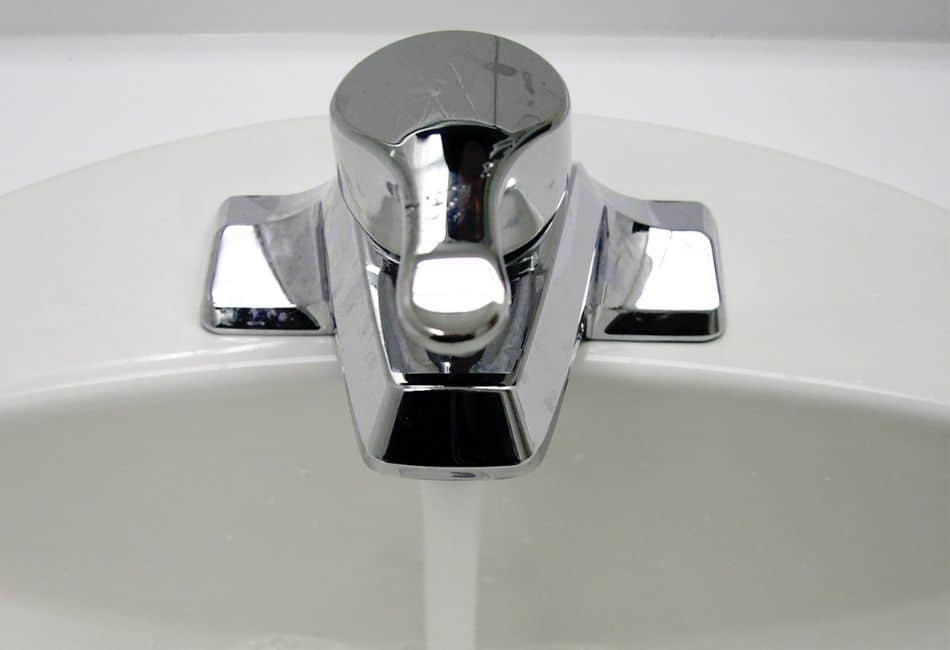
It is important to have an overflow in your bathroom sink because it can prevent the sink from overflowing. In the event that the stopper becomes dislodged, the water will be able to escape through the overflow hole instead of flooding out of the sink and onto the floor.
If you have a plumbing issue or someone leaves the tap on by accident, the water level in the sink will continue to rise until it reaches the overflow hole. The overflowing water will then divert excess water into the drainpipe beneath allowing you to act before the water begins to spill over. If you don’t have an overflow, the sink will eventually fill up with water and spill over onto the countertop or floor.
If the bathroom sink faucet is running at full volume, the overflow will temporarily hold the additional water before it starts spiling on the floor because the amount of water coming in is greater than the amount of water flowing out.
It is often believed that when there is a clog in the drainpipe, the sink’s overflow will automatically prevent water from overflowing. This is a misconception because mostly, the overflow outlet is very close to the sink’s drain opening of the basin. It is unlikely that the clog will occur in the sink basins’ outlet and not the overflow outlet. The overflow hole is designed to release water when the level in the sink gets too high, but if there is a clog in the drainpipe, it will not be able to do its job properly
2. It improves drain speed
The second purpose is to allow air into the drain system so that water can flow freely down the drain pipe. When water completely fills the sink, air is prevented from entering the drainpipe which can create a vacuum and slow down or stop the drainage process. The overflow hole allows air to enter the system, breaking the vacuum and helping water to flow freely down the drain pipe. In a nutshell, it increases drainage speed.
Do You Need To Clean The Sink Overflow?
Definitely. Not cleaning the sink overflow is a common mistake people make when cleaning their bathroom sink. This small hole is often overlooked but it is important to keep it clean to prevent clogs. Over time, gunk can build up around the hole and cause problems such as preventing the flow of air and water. Also, moisture and heat in the overflow make it a perfect place for mold and mildew to grow. This can lead to a smelly bathroom sink. It is therefore very necessary to keep the sink overflow hole clean and free of debris.
How Do You Clean Bathroom Sink Overflow?
Cleaning the overflow hole is a necessary part of keeping your bathroom sink clean and free of gunk. It is important to do this regularly to prevent clogs and ensure that water can flow freely through the drainpipe. By following these simple steps, you can easily clean the overflow hole and keep your bathroom sink functioning properly.
Things needed:
- Overflow cleaning brush/pipe cleaner/sink cleaning brush
- 2-3 liters of boiling water
- A tube or funnel that can withstand the temperature of boiling water.
Procedure:
Step 1
Insert the cleaning brush into the overflow hole, twist it around, and work it up and down the hole to loosen any gunk or debris that may be blocking the hole. The brush has a lot of bristles that will also trap materials stuck in the hole and pull them out along with the brush.
Step 2
Remove the cleaning brush and stick a funnel into the overflow hole. There are a variety of funnels out there that can do this job. There are some that you can stick into the hole directly and there are others that you can stick on the pot to enable you to pour the hot water easily.
Step 3
Pour two to three liters of boiling water into the funnel. The boiling water will help remove any excess gunk or break down any materials that are still blocking the hole and flush them out.
Caution: Be extremely careful when handling boiling water. It can cause serious burns if it comes into contact with your skin.
Step 4
If the clog is not removed in the first attempt, repeat the steps until the clog is completely removed and the drain is functioning properly again.
How To Get Rid Of Sink Overflow Smell
Dump, moist, and clogged sink overflow drain, when left uncleaned for a long time, will cause unwanted bacteria to grow resulting in stinking smells. When this happens the methods above may not be sufficient and you will need a more comprehensive cleaning. You can use any of these 2 methods.
- Using enzyme drain cleaner
- Using baking soda and distilled white vinegar
1. Using Enzyme Drain Cleaners To Emilinate Terrible Bathroom Sink Overflow Smell
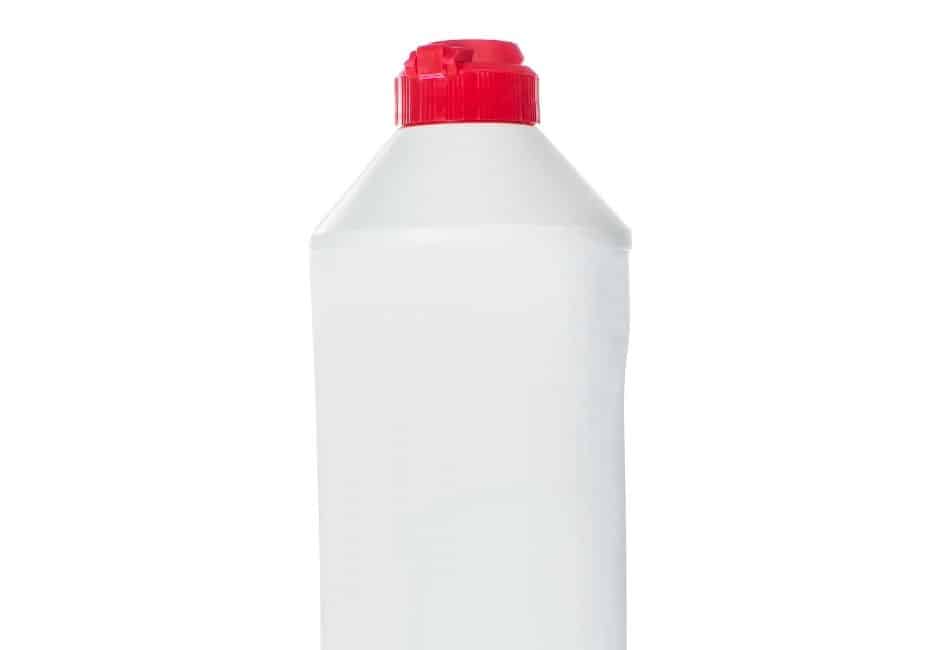
Enzyme cleaners work by breaking down organic matter, so they are perfect for eliminating smells. There are many enzyme cleaners on the market, so you can choose from the lot. They come in different forms such as liquids, and powders.
To use an enzyme cleaner:
Step 1
Prepare the enzyme cleaner according to the instructions. Follow the instructions on the label to ensure you are using the product correctly.
Step 2
Pour the recommended amount of enzyme cleaner down the overflow hole and leave it to work for the recommended amount of time.
Step 3
It’s time to wait. DO NOT FLUSH YET! The enzymatic cleaner will need some time to break down the organic matter and eliminate the smell. So, do not flush right away. Wait for a few hours or even overnight so that the cleaner can do its job properly.
Step 4
After the recommended amount of time has passed, flush the enzyme cleaner down the drain by running hot water through the overflow hole.
2. Using Baking Soda And Vinegar To Get Rid Of Smelly Bathroom Sink Overflow
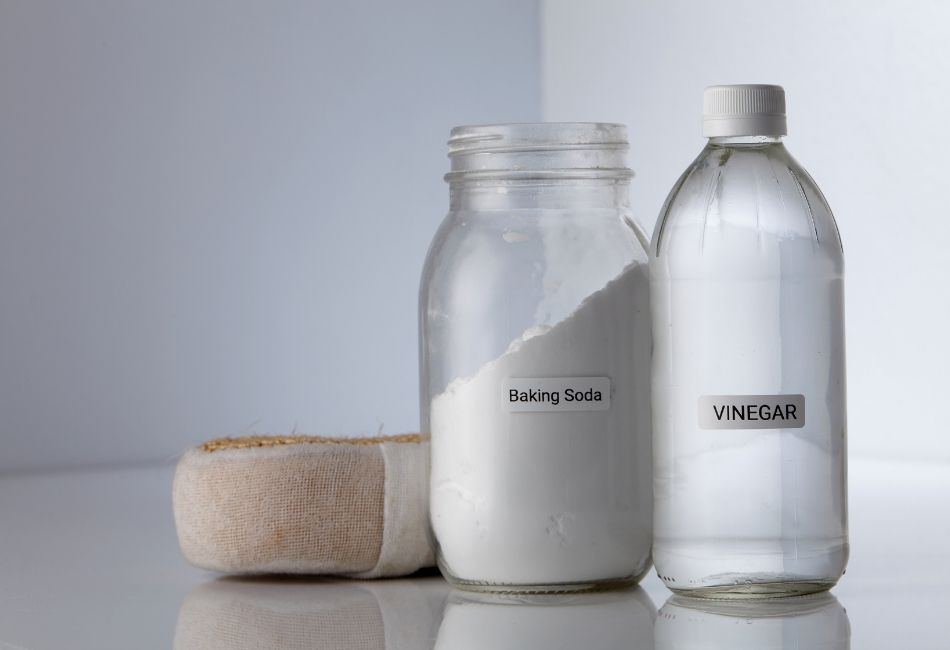
If you want to try a DIY solution, you can use this method. Baking soda is a natural odor absorber, so it will help to get rid of the stink emanating from the overflow hole. Distilled white vinegar is a powerful disinfectant that will kill any bacteria that may be causing the smell.
Things needed:
- 1 cup of baking soda
- 1 cup of distilled white vinegar
- A funnel
Procedure:
Step 1
Stick the funnel into the overflow hole and pour down 1 cup of baking soda into the overflow hole.
Step 2
Follow that with a cup of distilled white vinegar. This mixture will create a foaming action that will help break down the organic matter that is causing the smell. Leave it for 15 to 30 minutes so that the baking soda and vinegar can work their magic.
Step 3
Flush it down with hot water. This will get rid of any leftover buildup. If you feel your bathroom sink needs another flush-over, repeat the process.
Feel free to apply the above two methods to eliminate smells in your bathroom sink drain.
Summary
If you have a bathroom sink with an overflow, you should know how it works and what to do if it starts overflowing. The overflow hole is there as a secondary drainage system to prevent the sink from overflowing and therefore needs to be kept clean at all times for it to do its job properly.

